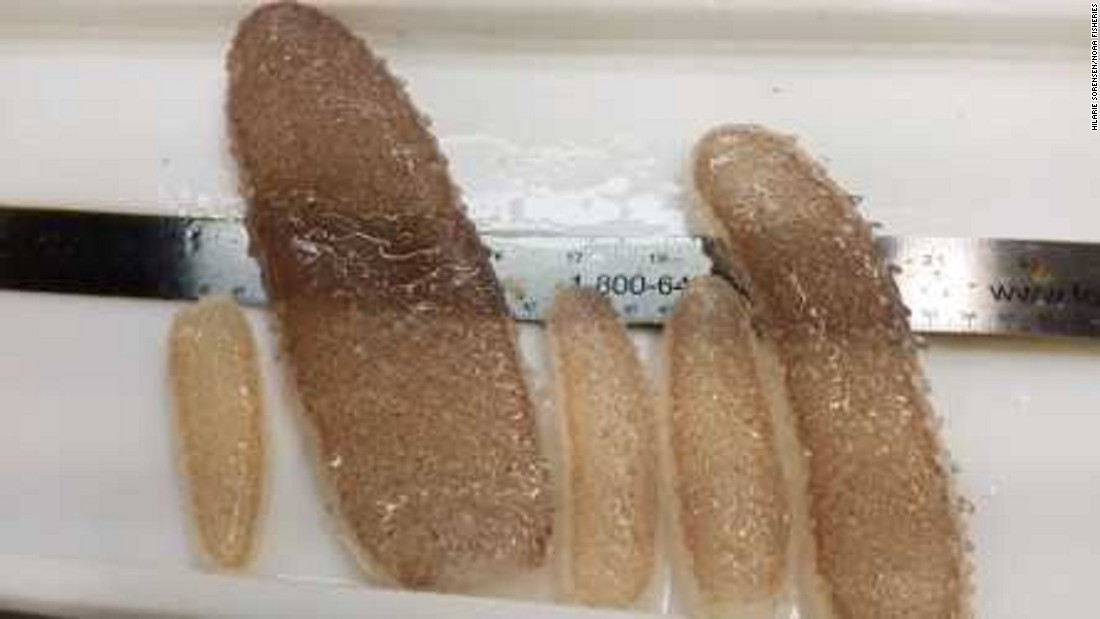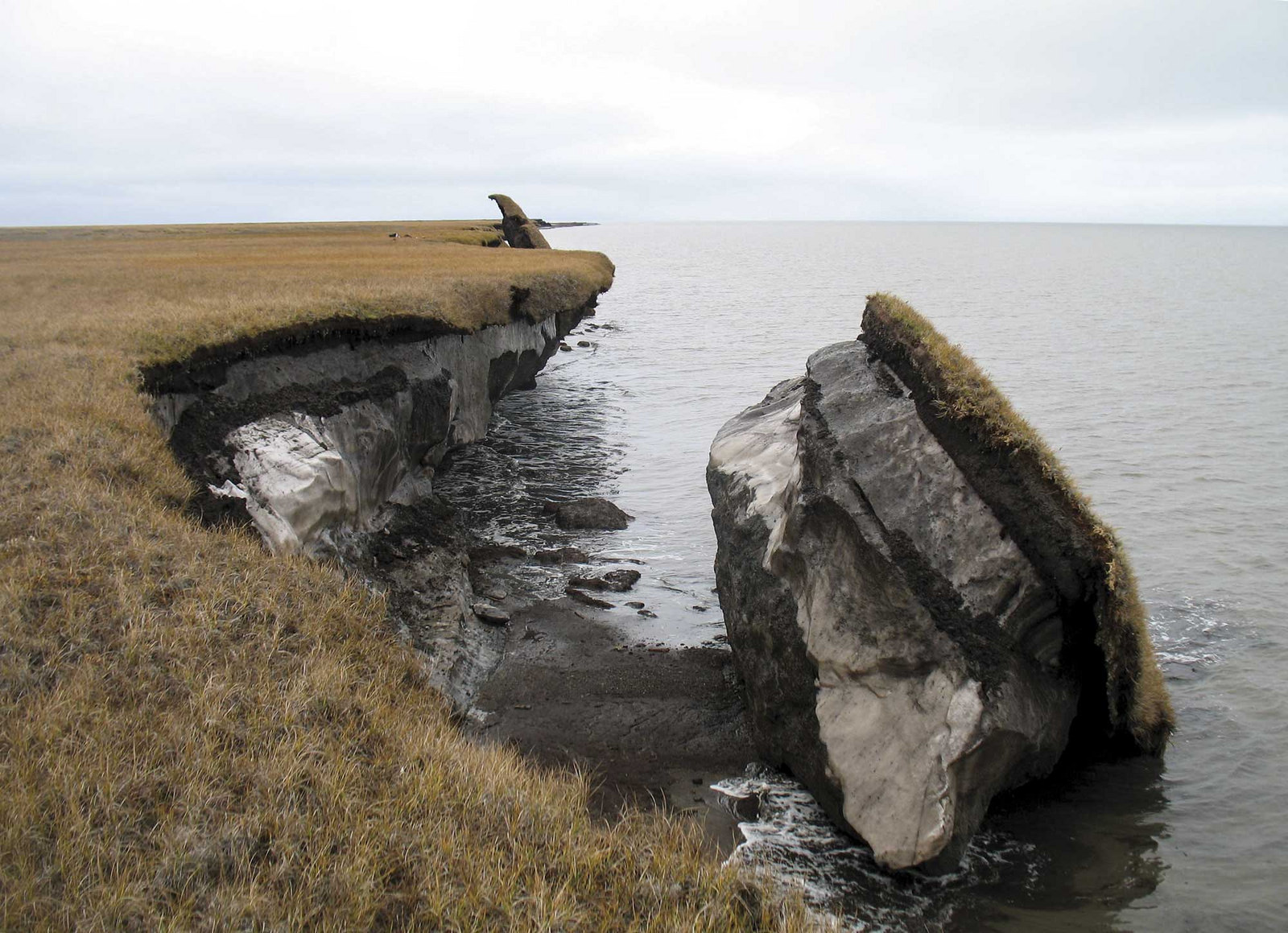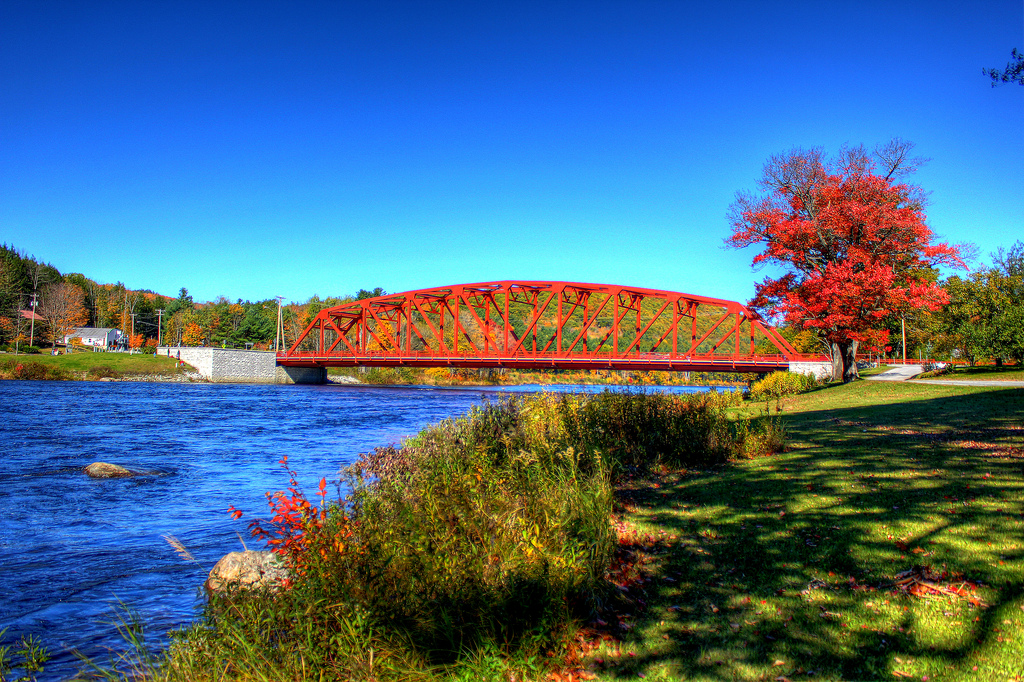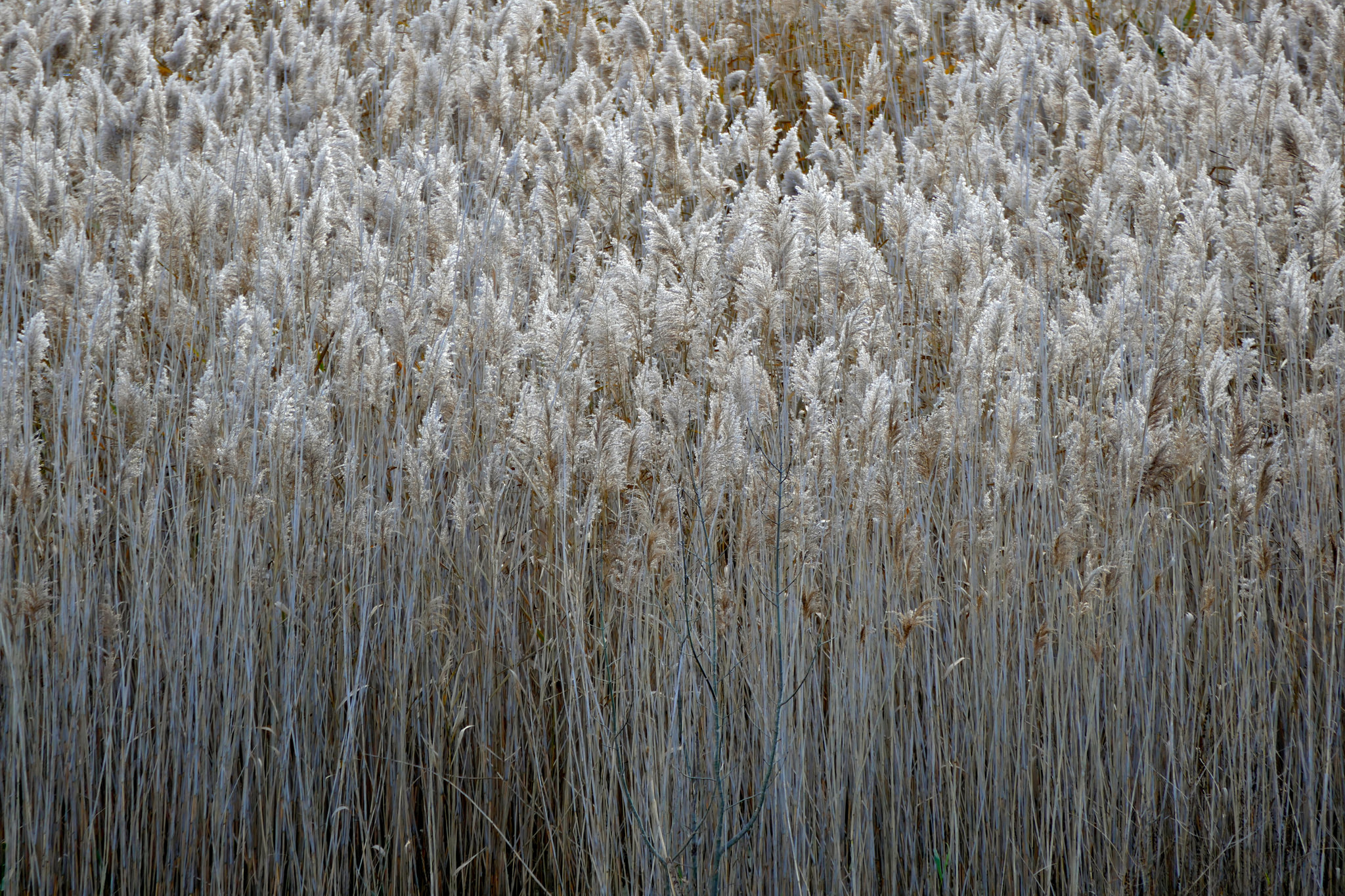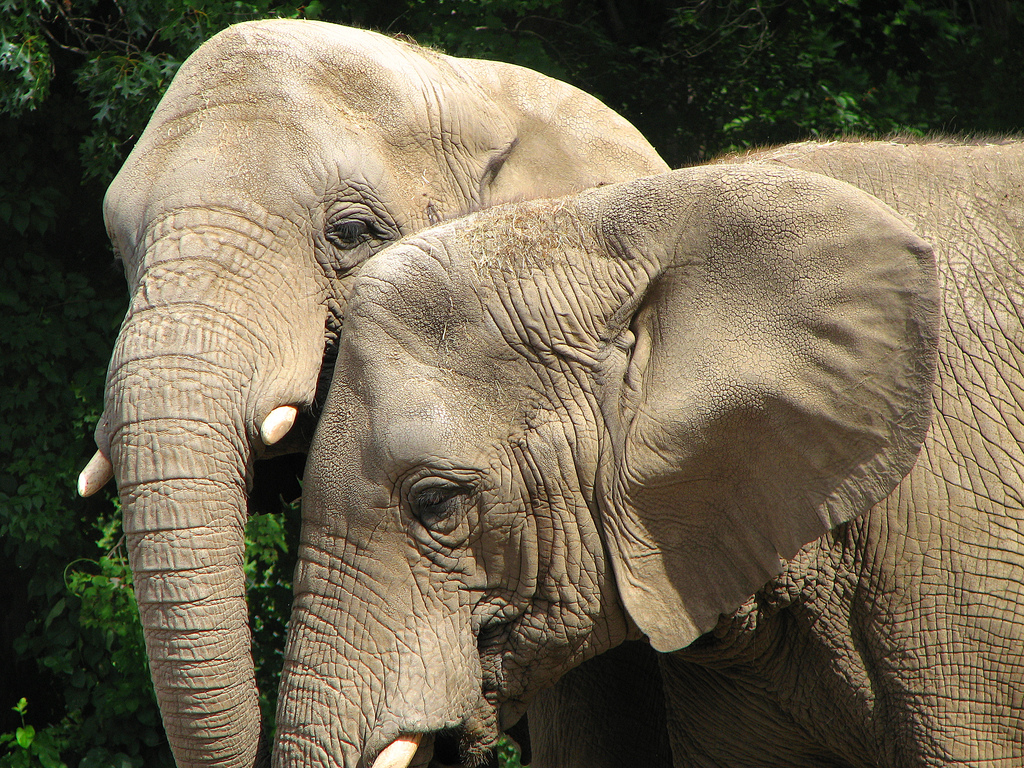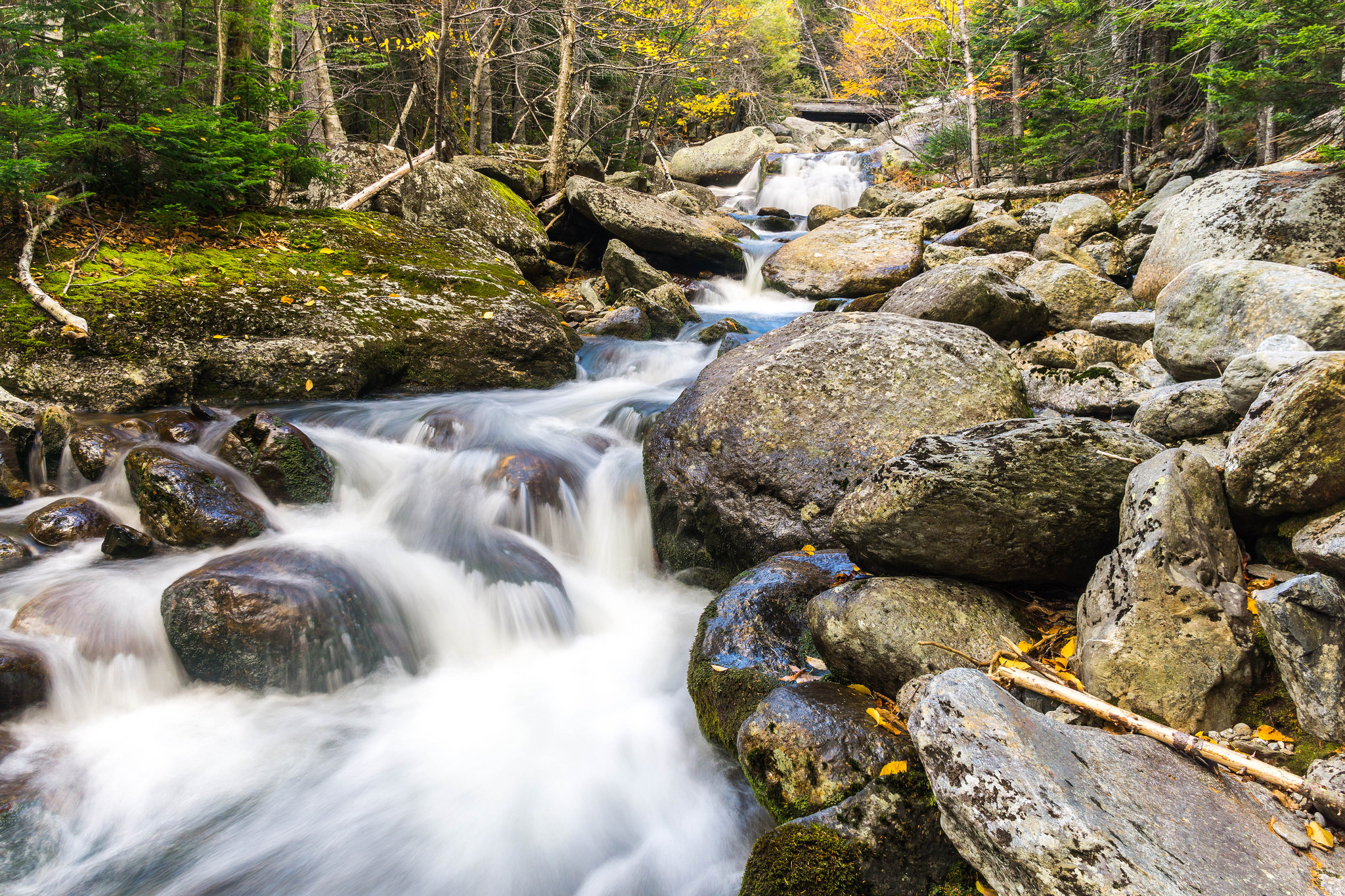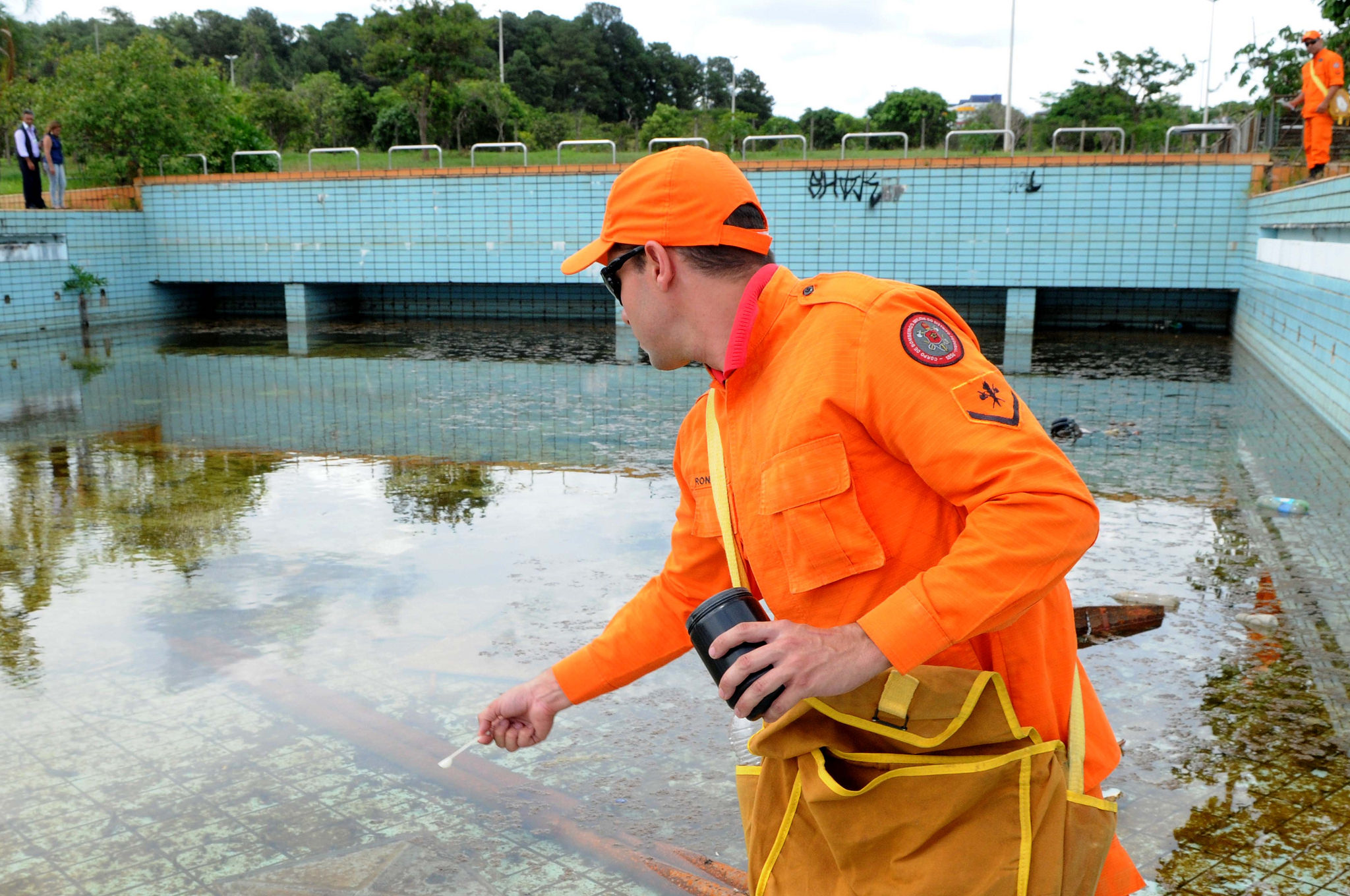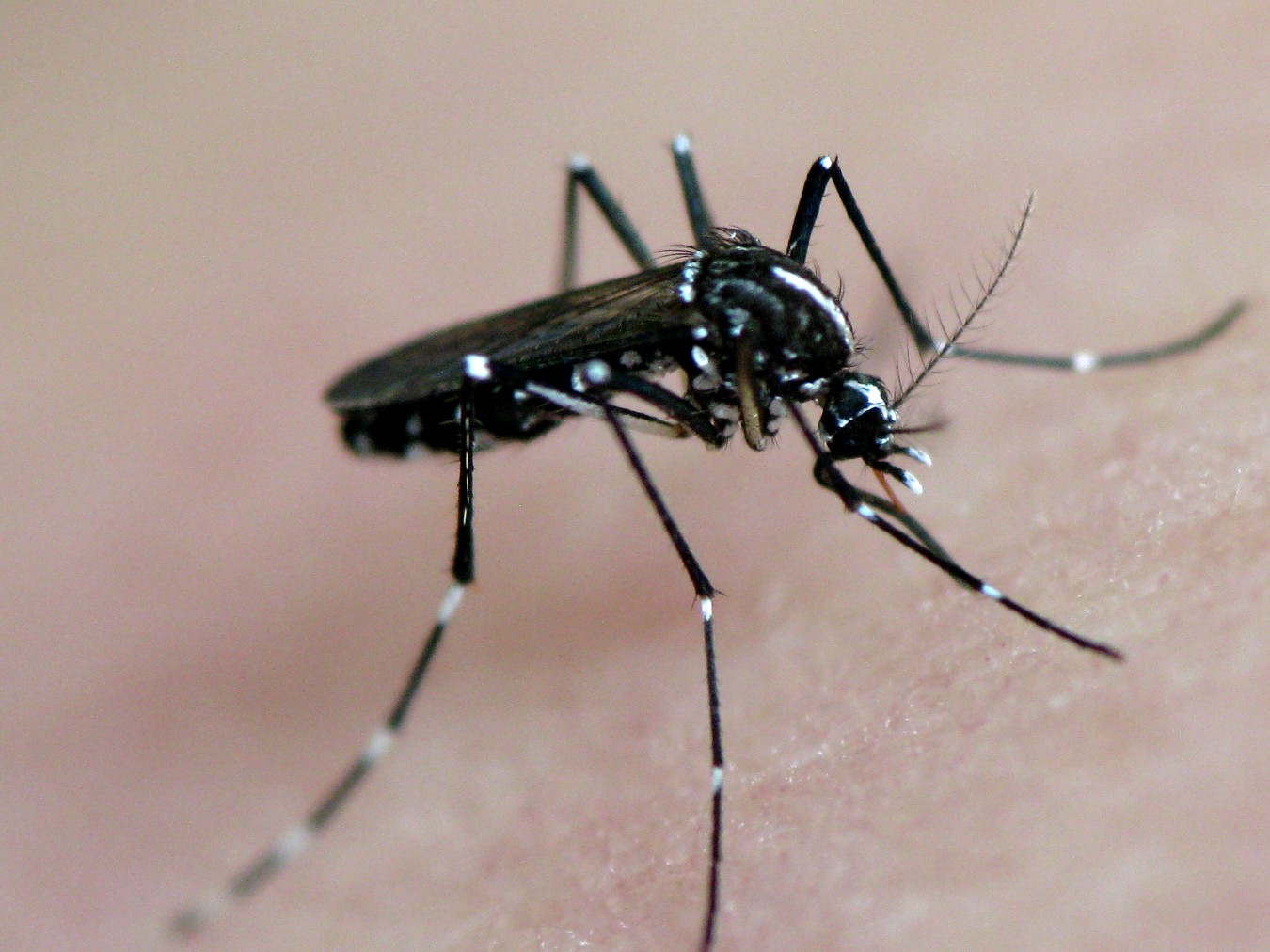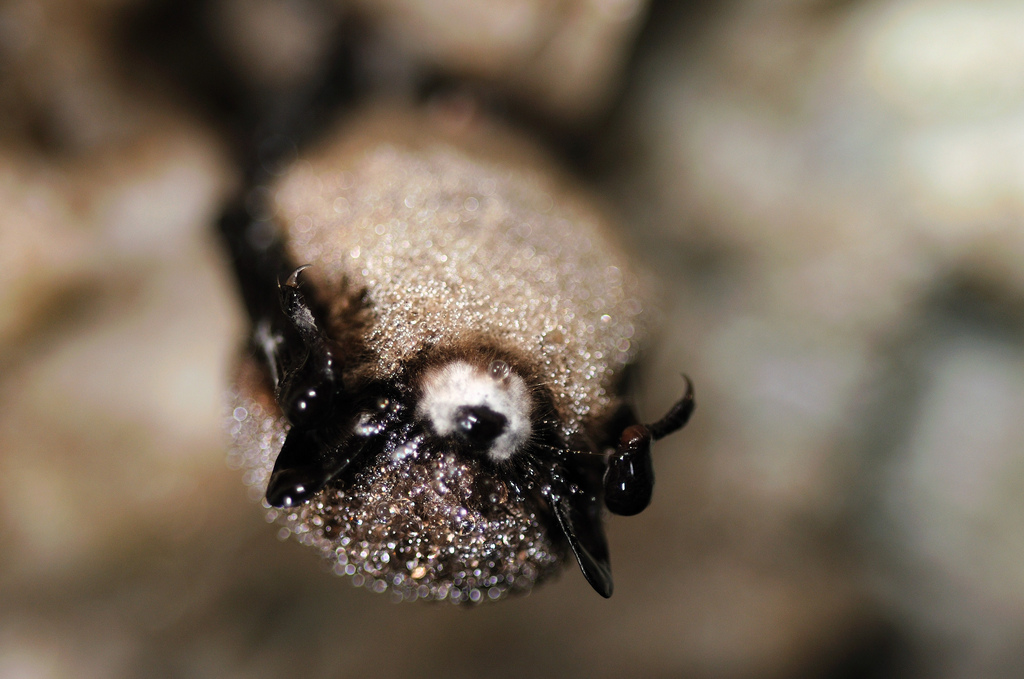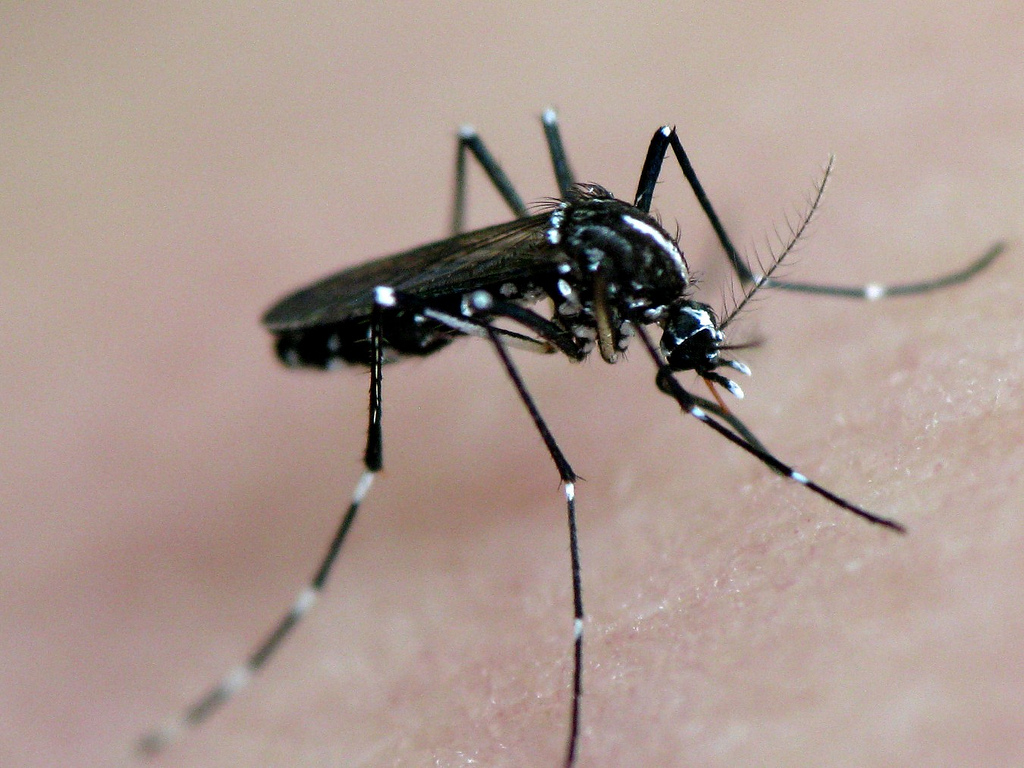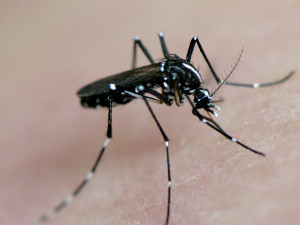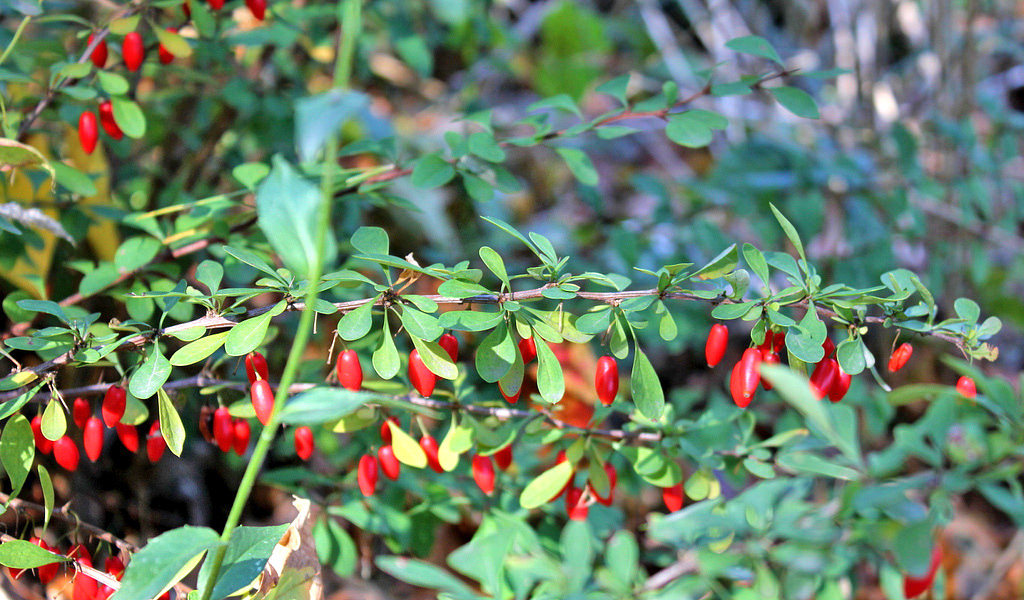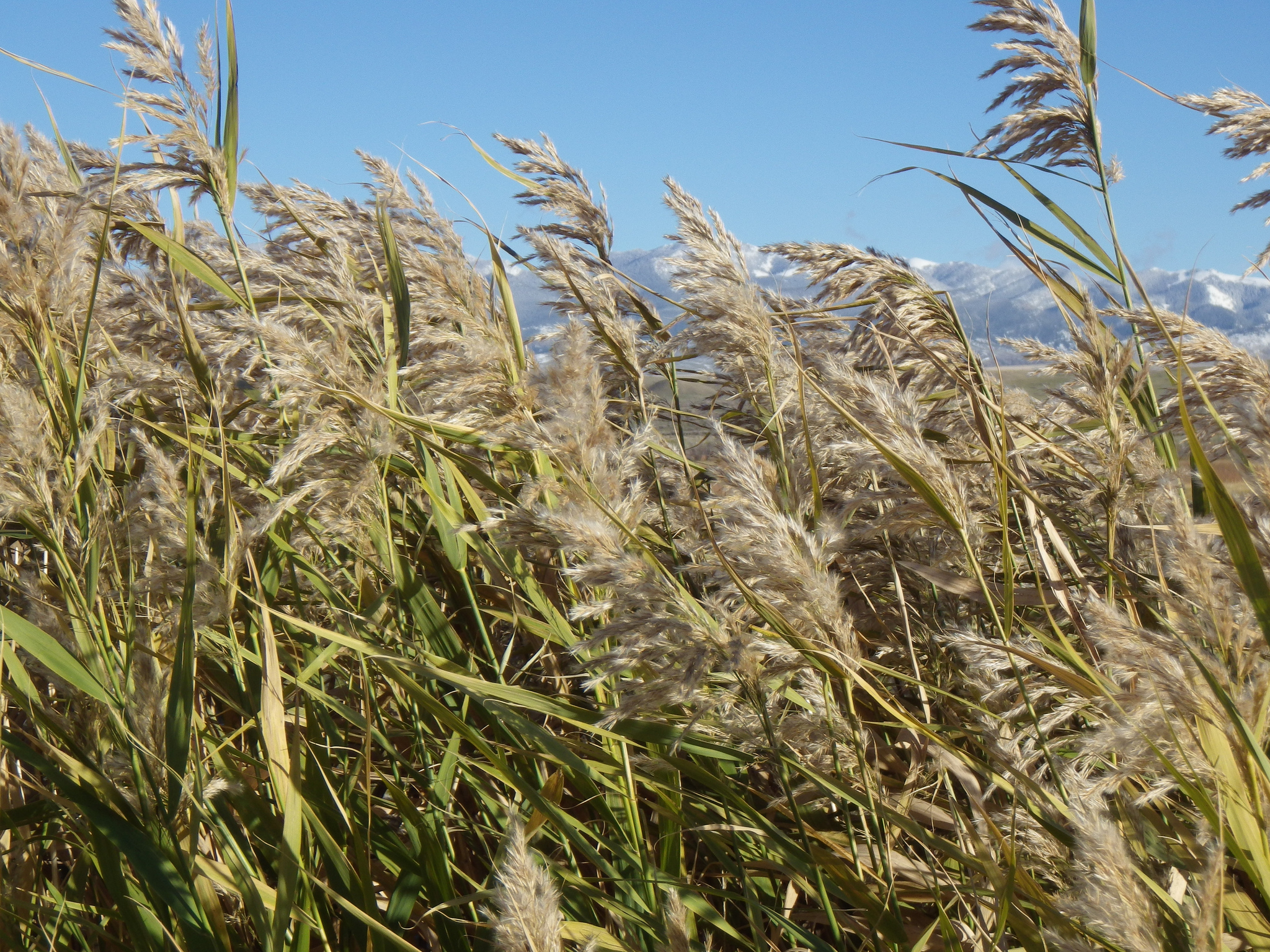Invasive Species
Invasion Of The Sea Pickles
Sea pickles are translucent, tubular creatures that are usually found in tropical ocean waters. Also known as pyrosomes, they are actually made up of many small multicellular organisms that are linked together in a tunic to form a tubelike colony that is closed on one end.
Increasing Biological Invasions
Invasive species have been a problem for quite some time. Over the years, we have grappled with – among other things – invasive plants from Japan, zebra mussels from eastern Europe, and Asian fungus that kills off ash trees in our forests.
DNA Analysis of River Water
DNA analysis has become commonplace and inexpensive. Millions of people have their DNA tested to learn about their origins and family connections. And the technology has spread to biological research in the form of Environmental DNA or eDNA, which is such a powerful tool that it is transforming the field of wildlife biology.
A Helpful Invader
Invasive species are a great concern for the health and stability of ecosystems. They are defined as plants, animals or pathogens that are non-native to the ecosystem under consideration and whose introduction causes or is likely to cause harm. It is that latter consideration that isn’t always obvious.
Wiping Out Wildlife
According to a new report from the World Wildlife Fund, the world’s animal populations have suffered widespread population declines in the last half century. And thousands of species are now scrambling to survive.
Nile Crocodiles In Florida
Nobody really knows how many alligators live in Florida. It’s estimated that there are anywhere from 1.3 million to 2 million alligators in the Sunshine State, which means there’s one gator for every 10-15 Floridians. It’s this ratio that makes it just about impossible for someone living in Florida not to encounter an alligator at some point. And if you have seen one recently and thought it looked a little bigger, you may be onto something.
Tiny Forest Pests Cause Big Problems
Each year, more than 25 million shipping containers enter the U.S. All too often, highly destructive forest pests are lurking among their imported goods. Wood boring insects arrive as stowaways in wood packaging, such as pallets and crates. Other forest pests and pathogens hitchhike in on foreign-reared plants bound for American nurseries.
Are All Invasive Species Bad?
The conventional wisdom is that invasive species are bad news and we constantly hear about the dangers of foreign plants and animals moving into new territories.
Keeping A Pulse On Our Planet
The discovery of acid rain in North America was made possible by environmental data collected at a biological field station nestled in the White Mountains of New Hampshire. Hubbard Brook Experimental Forest is just one of the many biological field stations located around the globe that are keeping a pulse on the health of our planet.
Social And Ecological Underpinnings Of Infectious Disease
When it comes to addressing infectious disease, we have a short attention span. Forces are mobilized when we’ve crossed a tipping point, and demobilized when the immediate threat has passed. In the case of Zika, the World Health Organization declared a public health emergency based on a strong association between Zika infection and microcephaly in newborns and a spike in Guillain-Barré syndrome.
[Read more…] about Social And Ecological Underpinnings Of Infectious Disease
Who Needs Aedes Mosquitoes?
There are approximately 3,500 mosquito species in the world. Of those, only a few hundred are known to bite humans. And just two have adapted to breed almost exclusively in urban environments where they are in close proximity to people.
De-Extinction: Opening Pandora’s Box
De-extinction, or the act of bringing extinct species back from the dead, has been riding a wave of enthusiasm. Nearly 2 million people have watched Steward Brand’s TED talk on the topic, and Beth Shapiro’s book How to Clone a Mammoth has received rave reviews.
Fungal Diseases And Wildlife
Since the late 1990s, there has been an unprecedented global wave of virulent fungal infections that has been decimating whole groups of animals from salamanders and frogs, to snakes and bats.
Mosquito Migration
Globally, there are more than 3,000 mosquito species, with around 150 native to the U.S. To many listeners – a mosquito is a mosquito. But depending on the species that bites you, mosquitoes can be a nuisance or a public health threat.
Watch Out For This Weed!
Weeds are the bane of many a gardener’s or landscaper’s existence. They sprout up, uncontrolled and unwelcome, and must be tediously managed time and again. But some weeds are more than a nuisance – they rise to the level of a public health hazard. Such is the case with giant hogweed.
Trade And Trees
Debate about the Trans-Pacific Partnership overlooks an unintended consequence of increased trade with Asia – the assault on America’s trees.
Not All Invaders Are Bad
The abundance of introduced plant species on the Galapagos Islands started to ramp up in the 1930s when highland areas were cleared of native vegetation for agriculture. This has been an increasing problem ever since.
New York’s Ban On Invasive Species Goes Into Effect
In a win for New York State’s natural areas, new regulations have gone into effect banning a long list of plants and animals that have plagued our fields, forests, and freshwaters. As of March 10, the New York State Department of Environmental Conservation has made it illegal to buy, sell, or transport 126 species identified as invasive.
[Read more…] about New York’s Ban On Invasive Species Goes Into Effect

